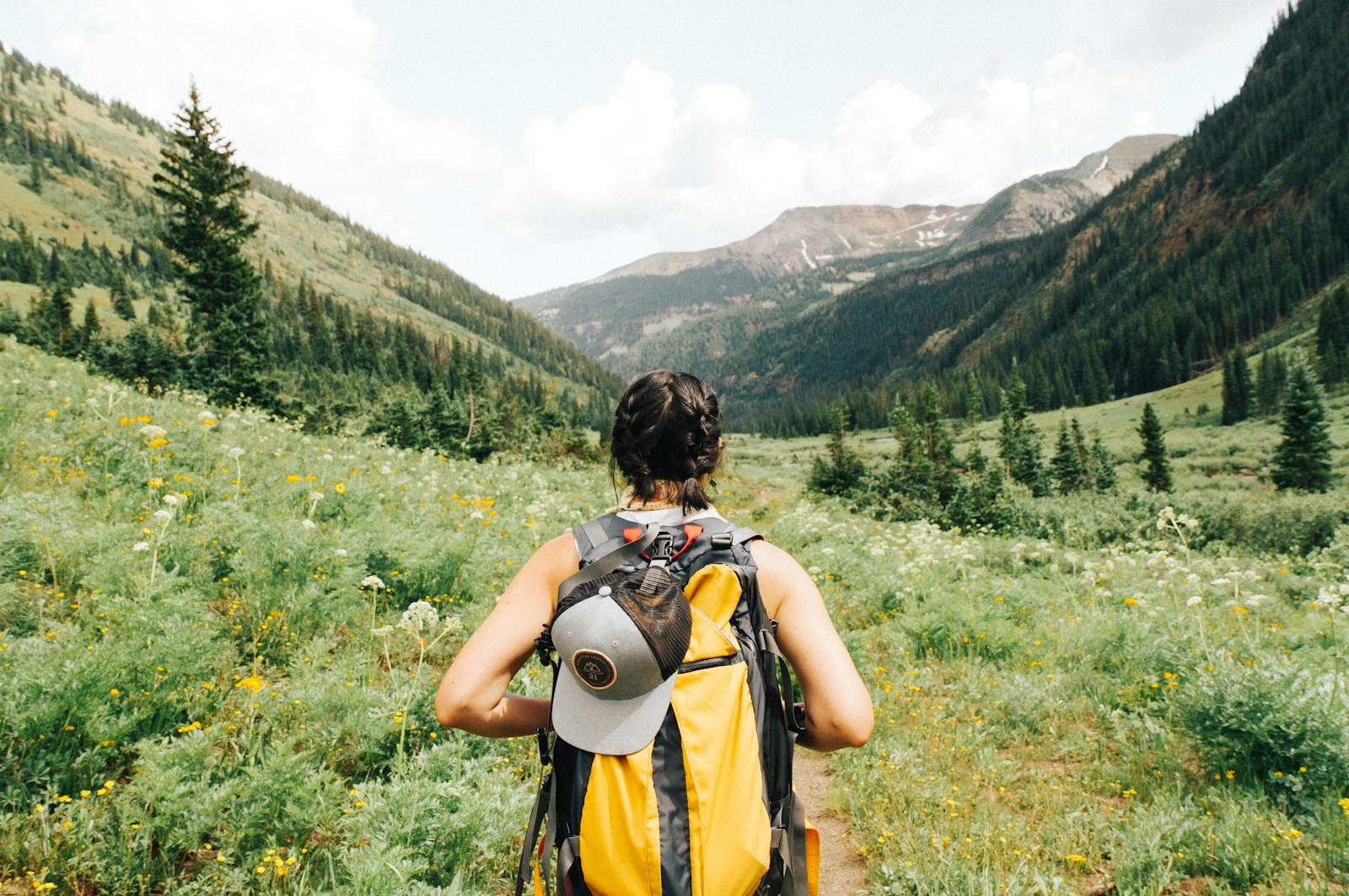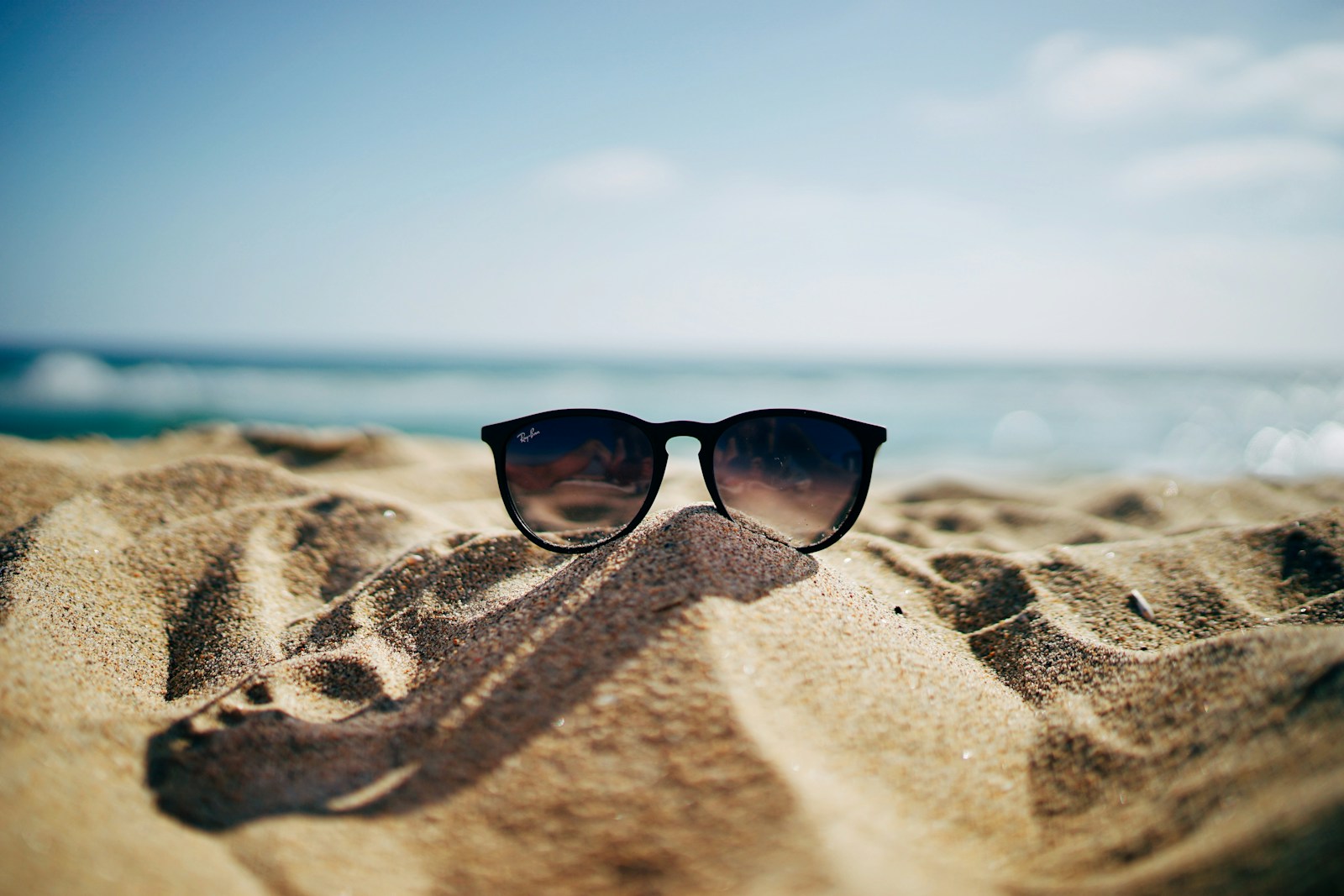Introduction to Sun Protection: Why It Matters for Outdoor Lovers
Hello, Outdoor Enthusiasts!
I’m Derek Eastwood, and if there’s one thing I know after years of exploring the great outdoors, it’s that the sun, while a source of life and joy, demands our respect. You might love the warm embrace of sunlight on your skin, but without proper protection, it can lead to serious consequences. Today, I’m here to talk about why sun protection is not just a recommendation; it’s a necessity for anyone who enjoys spending time outside.
Understanding Sun Protection: The Essentials
The Science of UV Rays
The sun emits various types of radiation, but when it comes to skin health, ultraviolet (UV) rays are our main concern. There are three types of UV rays: UVA, UVB, and UVC. UVC rays are absorbed by the Earth’s atmosphere and pose no threat, but UVA and UVB have significant effects on our skin. UVA rays penetrate deep into the skin, causing premature aging and wrinkles, while UVB rays are responsible for sunburn. Both can damage skin cells’ DNA, leading to skin cancer.
The Importance of SPF
SPF stands for Sun Protection Factor, a measure of how well a sunscreen will protect skin from UVB rays. It’s a common misconception that SPF relates directly to time of sun exposure. However, SPF is actually a measure of protection efficacy. For example, if you use SPF 30, it means you can stay in the sun 30 times longer than you could without protection before burning. But factors like sweating, swimming, and improper application can reduce effectiveness.
Broad-Spectrum Protection
When choosing a sunscreen, it’s crucial to opt for one that offers broad-spectrum protection. This means it shields your skin from both UVA and UVB rays. Broad-spectrum products are essential for comprehensive skin protection, as they ensure you’re guarded against the full range of harmful effects from the sun.
Types of Sunscreen
- Chemical Sunscreens work by absorbing UV radiation, transforming it into heat, and releasing it from the skin. They often contain ingredients like oxybenzone and avobenzone.
- Physical (Mineral) Sunscreens sit on top of the skin and reflect UV rays. Key ingredients include zinc oxide and titanium dioxide. They’re ideal for sensitive skin and offer immediate protection upon application.
Protective Clothing and Accessories
Beyond sunscreen, clothing can play a pivotal role in sun protection. Garments with a high UPF (Ultraviolet Protection Factor) rating offer significant defense against UV rays. Hats, sunglasses, and even UV-blocking umbrellas can further shield you from direct sunlight. When selecting sunglasses, opt for those that block 100% of UV rays to protect your eyes and the surrounding skin.
Vitamin D and Sun Exposure
While sun protection is vital, moderate sun exposure is necessary for vitamin D synthesis, crucial for bone health and immune function. Balancing sun protection while getting enough vitamin D can be achieved through diet, supplements, or brief sun exposure during safer times of the day.
My Personal Insights
Through my outdoor adventures, I’ve learned that effective sun protection is multifaceted. It’s not just about applying sunscreen; it’s about understanding the environment you’re in, the activities you’re doing, and how different factors affect your skin. For instance, water, snow, and sand can reflect UV rays and increase exposure. I’ve adapted by choosing water-resistant, broad-spectrum sunscreens and investing in UPF-rated clothing for activities like surfing or skiing.
The Sun: A Friend and Foe
The sun is our planet’s life force, providing the energy needed for all living things to thrive. But, like many of nature’s gifts, it comes with a catch. My journey as an outdoor enthusiast has taught me to admire the sun’s warmth and vitality while respecting its power. UV radiation, an invisible threat, has both immediate and long-term effects on our skin. I remember my first long hike in the Rockies, underestimating the sun’s intensity at high altitudes. The result? A painful sunburn that taught me an unforgettable lesson about UV rays’ potency.
Why Sun Protection Matters
Preventing Skin Damage
Over the years, I’ve witnessed firsthand the aging effects of the sun on my skin. The once smooth and unblemished skin on my face and arms now shows signs of my adventures – a badge of honor but also a warning. Wrinkles, sunspots, and a leathery texture are stark reminders of the sun’s power to damage. But more importantly, they signify the cumulative effect of UV exposure, emphasizing the need for diligent sun protection.
Enjoying the Outdoors Safely
My love for the outdoors has never waned, but how I approach sun exposure has drastically changed. Learning to protect myself has allowed me to continue doing what I love without fear. From kayaking along the coast of California to scaling the peaks of the Appalachian Trail, I’ve found that the right sun protection practices can shield you from harm while letting you fully immerse in the beauty around you.
Setting a Healthy Example
During a family camping trip, I observed my niece mimicking my sun protection routine, reaching for her hat and asking for sunscreen. It was a heartwarming moment that highlighted the importance of leading by example. Protecting ourselves from the sun not only ensures our well-being but also influences those around us, especially the younger generation, to adopt healthy habits.
How to Protect Yourself
Wear Protective Clothing
Discovering UPF-rated clothing was a game-changer for me. I remember purchasing my first UPF 50+ shirt for a summer trek through the Mojave Desert. The difference in comfort and protection it provided was remarkable, shielding my skin from the relentless sun without overheating. This experience was a turning point, leading me to invest in a wardrobe that keeps me safe outdoors.
Choose the Right Sunscreen
Navigating the world of sunscreens can be daunting. I’ve tried countless brands and formulas to find what works best for my skin and outdoor activities. A pivotal moment was learning the difference between chemical and physical sunscreens and understanding the importance of broad-spectrum protection. Sharing this knowledge can help demystify sunscreen selection for others.
Seek Shade
I’ve learned to plan my outdoor adventures around the sun’s peak hours, seeking shade or creating my own when necessary. A memorable experience was setting up a makeshift shelter on a remote beach, using only a tarp and some creativity. It was a simple yet effective solution that allowed me to enjoy the pristine surroundings without direct sun exposure.
Wear Sunglasses and Hats
A good pair of sunglasses and a wide-brimmed hat have become my constant companions. Whether I’m fishing on a sunny lake or hiking in open fields, they provide essential protection for my eyes and face. The lesson here is simple: effective sun protection is as much about the gear you choose as it is about sunscreen.
Closing Thoughts
As we navigate the great outdoors, understanding and implementing effective sun protection strategies is non-negotiable. Armed with knowledge about UV rays, SPF, and the various means of protection, we can enjoy nature’s bounty without compromising our skin health. My journey has taught me the importance of respecting the sun’s power and taking proactive steps to protect myself and those around me. I hope this guide empowers you to do the same, ensuring your outdoor adventures are safe and enjoyable for years to come.




